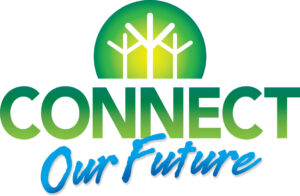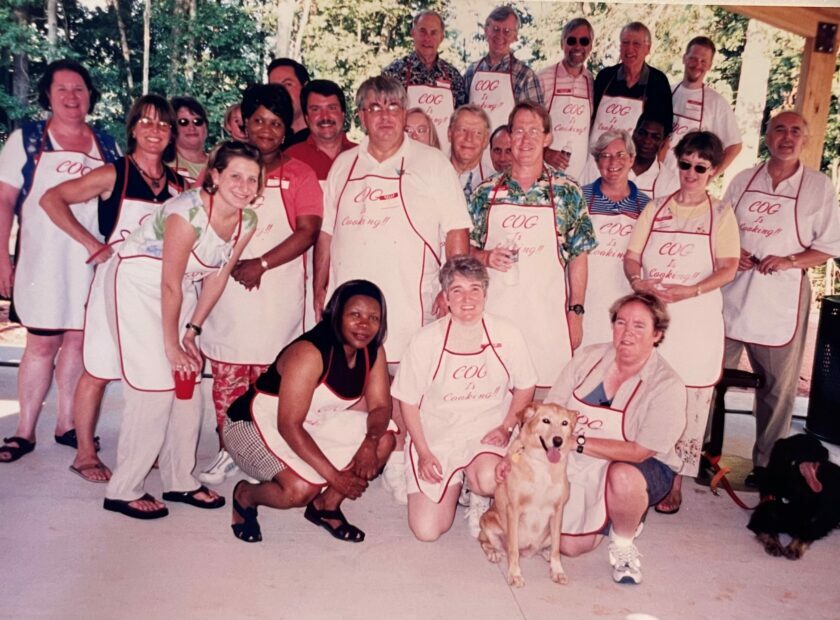
An important part of any planning process is the periodic evaluation or assessment of accomplishments and the identification of activities that remain. To that end, Centralina is pleased to announce that we are embarking on a five-year review of our region’s groundbreaking growth plan, CONNECT Our Future. Over the next months, we will be evaluating accomplishments and highlighting data and local and regional successes for the purpose of informing our future priorities.
What is CONNECT Our Future?
CONNECT Our Future answered the question, “How do we grow our communities and the region while improving and protecting what we value and love and also remain economically competitive?” Many Centralina communities face similar challenges related to mobility, unemployment and lack of housing choice. They also share the desire to build strong downtowns, provide quality open space and attract and retain a talented workforce.
Consistent with Centralina’s mission to lead regional collaboration and spark local action, the plan established an overall framework to help communities decide how to best utilize limited resources to serve the growth that is anticipated through 2050, taking an intentional approach to growth based on the CONNECT core values:
- A strong, diverse economy
- Enhanced social equity
- Increased collaboration among jurisdictions
- A safe and healthy environment
- Sustainable, well-managed growth
- High quality educational opportunities
Between 2012 – 2015, communities, businesses, educators, non-profits and individuals from a two-state, 14-county region participated in an intense process to identify shared solutions for a variety of challenges and develop recommendations for how to advance these core values. Supported by a $4.9 million HUD Sustainable Communities Grant and $3 million in local public and private resources, the plan involved two councils of government, four metropolitan planning organizations, a 95-member project consortium and 119 local governments.
The plan encouraged us to address issues together, recognizing each community must focus on local issues while providing a regional context for those issues that is best addressed on a regional or multi-jurisdictional basis. The three-year process forged genuine relationships and partnerships between groups that will be relied upon for decades.
The Retrospective
But what was actually accomplished between 2015 – 2020 and why should the region remain interested? What should Centralina do now to keep the momentum going and best serve our communities? Answers to these questions will inform Centralina’s priorities and help us determine the actions that can benefit our members.
*To view the report in the correct layout, make sure to change your reader setting to a two-page view



